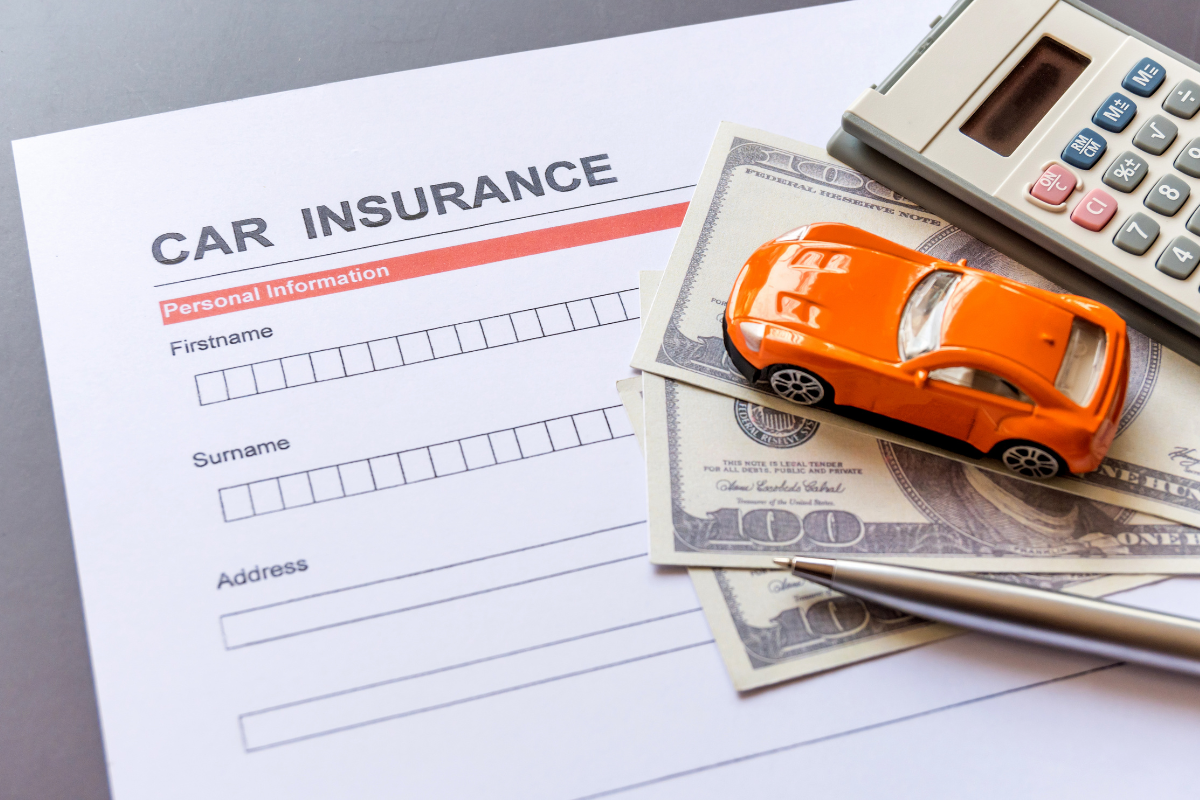Whether you’re a newly licensed driver, a first-time car owner, or someone who’s just moved to Singapore, understanding how car insurance works here can feel overwhelming. But it doesn’t have to be. In Singapore, car insurance isn’t just a smart precaution — it’s a legal requirement, designed to protect both you and others on the road.
This beginner-friendly guide simplifies everything you need to know: from the different types of insurance policies (Third-Party Only, Third-Party, Fire and Theft, and Comprehensive) to what influences your premium and how No-Claim Discounts work. We’ll also clarify commonly used insurance terms, help you choose the right plan for your needs, and walk you through what to do after an accident — including the all-important 24-hour reporting rule.
With the right knowledge, car insurance becomes less of a headache and more of a helpful tool that ensures peace of mind behind the wheel. Let’s take the guesswork out of the process so you can drive confidently and responsibly in Singapore.
Why Car Insurance Is Essential — And Mandatory — in Singapore
In Singapore, car insurance isn’t just recommended — it’s the law. According to the Motor Vehicles (Third-Party Risks and Compensation) Act, all drivers must have valid insurance that covers at least third-party liability. This ensures that if you cause damage to another person or their property while driving, the victims are financially protected.
Beyond fulfilling legal requirements, car insurance protects you from substantial out-of-pocket expenses. Accidents, theft, natural disasters, and legal liabilities can be financially devastating — especially for new drivers. Having the right policy ensures you’re covered when the unexpected happens.
Types of Car Insurance Policies in Singapore
There are three main types of car insurance in Singapore, each offering varying levels of protection.
1. Third-Party Only (TPO)
This is the most basic and legally required level of coverage. It only covers:
- Injury or death caused to third parties
- Damage to third-party property
Who it’s suitable for: Drivers of older vehicles with low market value who are looking for minimal, cost-effective coverage.
2. Third-Party, Fire and Theft (TPFT)
TPFT includes everything covered under TPO, with added protection against:
- Fire damage
- Theft of the vehicle
Who it’s suitable for: Owners of older cars who want slightly more protection than TPO offers, particularly against theft or fire damage.
3. Comprehensive Insurance
The most extensive form of coverage, comprehensive policies include:
- Third-party injury and property damage
- Fire and theft
- Accidental damage to your own vehicle
- Optional personal accident benefits
- Towing services, windscreen repair, and more (depending on insurer)
Who it’s suitable for: New car owners, vehicles under financing, or anyone who wants complete peace of mind.
Key Factors Influencing Car Insurance Premiums
Car insurance premiums in Singapore are not fixed. Insurers consider various factors when pricing your policy:
1. Driver’s Profile
- Age & gender: Young drivers (typically under 27) and male drivers often face higher premiums due to statistically higher risk profiles.
- Marital status: Married drivers may receive lower premiums, as they’re often perceived as lower risk.
- Occupation & driving experience: More experienced and less high-risk professions may lead to discounts.
2. Vehicle Details
- Make, model, and age: High-performance or luxury vehicles tend to attract higher premiums.
- Usage: Private or commercial use, mileage driven, and parking location can all impact rates.
3. No-Claim Discount (NCD)
A reward system for claim-free years. For example:
- 1 year: 10% NCD
- 5+ years: Up to 50% NCD
Many insurers offer NCD Protectors, which allow you to make one claim per policy year without losing your NCD.
4. Excess (or Deductible)
This is the amount you must pay out-of-pocket when making a claim. A higher excess typically means lower premiums, but more personal cost if you get into an accident.
Understanding Common Car Insurance Terms
New to car insurance? Here’s a quick glossary:
- Excess/Deductible: The portion of a claim you’ll pay yourself. For instance, if your excess is $800 and repairs cost $2,000, you’ll pay $800 while your insurer covers $1,200.
- No-Claim Discount (NCD): A discount awarded for claim-free years.
- Authorised Workshop: A repair shop approved by your insurer. Using non-authorised workshops can void your coverage unless you’ve opted for an “any workshop” plan.
- Personal Accident Coverage: Offers compensation for death or injury sustained in an accident, covering the driver and sometimes passengers.
- Third-Party Liability: Covers injuries or damage caused to others or their property.
Tips for Choosing the Right Car Insurance Policy
Choosing the right policy isn’t just about price. Here’s how to get the most value for your needs:
1. Compare Quotes from Multiple Insurers
Prices and benefits vary significantly. Use comparison platforms like MoneySmart or GoBear to explore your options.
2. Assess Your Risk Tolerance
If you’re a cautious driver and own an older car, TPO or TPFT may suffice. For newer or high-value vehicles, comprehensive cover is often the wiser choice.
3. Consider Add-Ons
Optional benefits like roadside assistance, replacement cars, or flood protection can offer valuable peace of mind — especially in Singapore’s tropical climate.
4. Check Exclusions and Limitations
Always read the fine print. Not all accidents or situations are covered, such as unauthorised drivers, drunk driving, or acts of God unless specifically included.
5. Maintain a Clean Driving Record
Fewer claims mean more savings. Avoid traffic offences, drive safely, and your NCD will grow — reducing premiums year after year.
What to Do in Case of an Accident: The Simplified Claims Process
Accidents can be stressful. Here’s a straightforward guide on what to do:
- Stop Immediately and Check for Injuries
Ensure everyone’s safety. Call for an ambulance or the police if there are injuries. - Take Photos and Notes
Capture vehicle positions, damage, road conditions, and any third-party involvement. - Exchange Details
Get the other driver’s name, contact, NRIC/FIN, insurance provider, and vehicle plate number. - Report to Your Insurer Within 24 Hours
This is mandatory, even if you don’t plan to file a claim. Failure to do so could jeopardise your NCD and future claims. - Bring Your Car to an Authorised Workshop
If required by your policy. Your insurer will usually coordinate towing and assessment. - Submit a Claim
Provide all necessary documents and follow up on the status. Many insurers now offer digital claims tracking for added convenience.
Final Thoughts

Understanding car insurance is an important part of responsible car ownership in Singapore. By knowing the different types of policies, how premiums are calculated, and what to do in an accident, you’ll be well-equipped to make informed decisions — whether you’re buying your first policy or renewing an existing one.
Remember, the cheapest policy isn’t always the best. Focus on finding the right balance between coverage, affordability, and peace of mind.
For more details on car insurance regulations and approved insurers, visit the General Insurance Association of Singapore (GIA).

